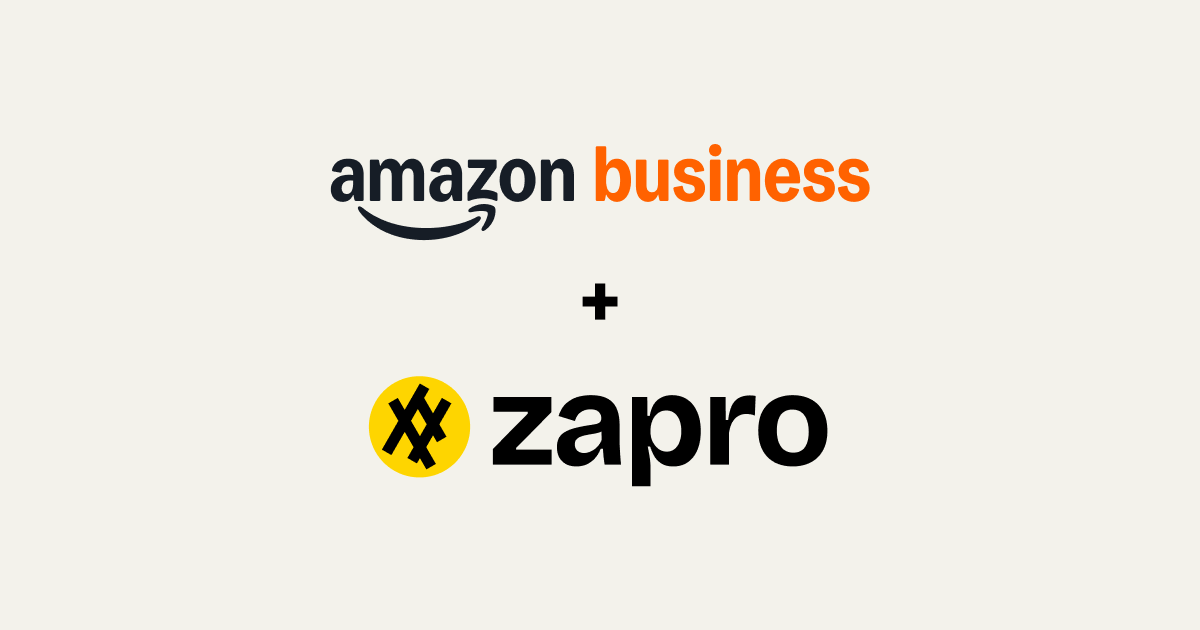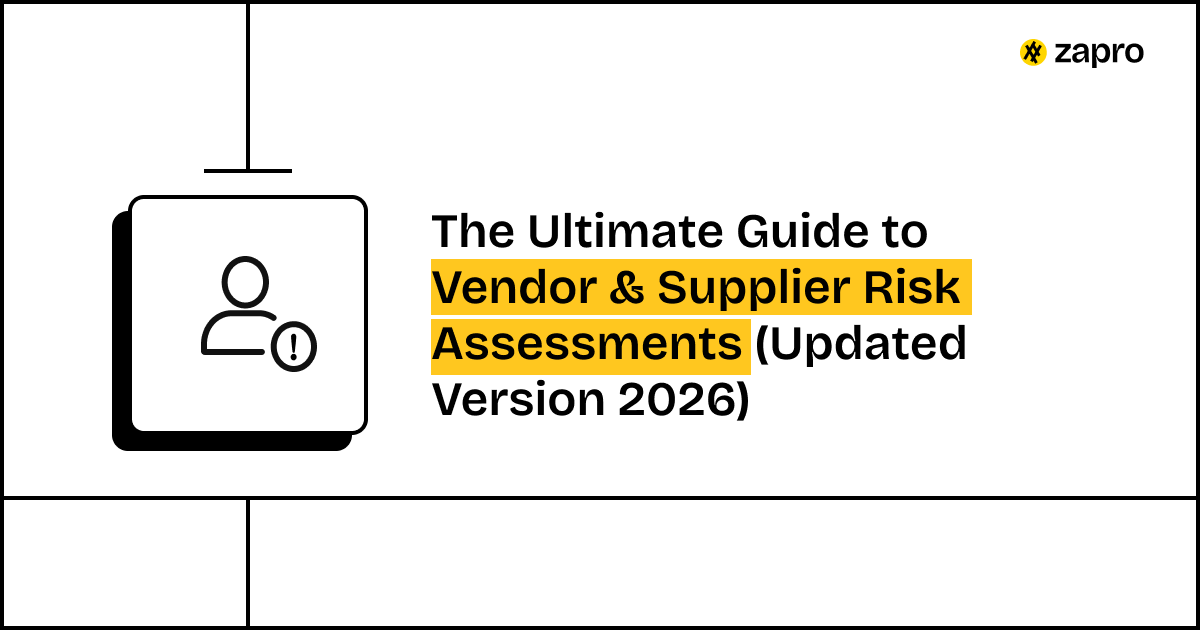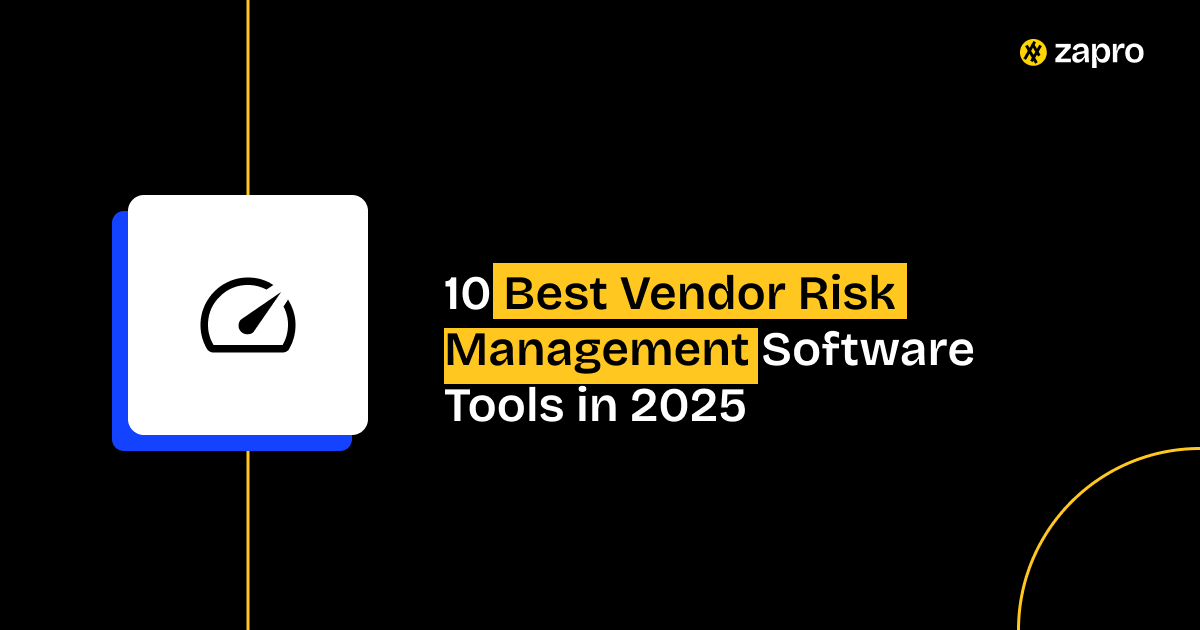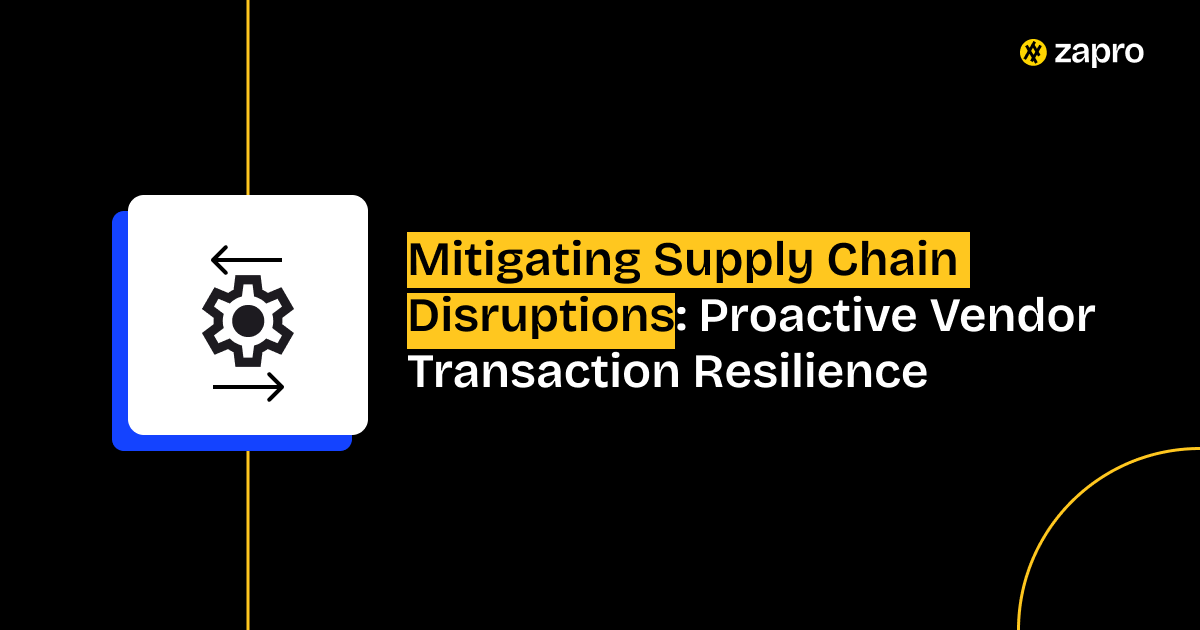Let’s be real for a minute: your business isn’t a silo. Every business, regardless of its size, relies on supplier and vendor networks to obtain essential parts, software, and services that sustain operations and generate profits. The modern business world depends on supplier and vendor relationships as its essential life force, which operates with perfect efficiency when these relationships function well.
The moment you start depending on external parties, you will receive some portion of their operational issues. The expansion of worldwide supply chains has created a major business risk that organizations must address. Your business faces two major risks when vendors experience cash shortages and when their systems get hacked to reveal customer information. Your business will discover these vulnerabilities automatically when you do not actively search for them.
The solution to this problem requires smart business practices. A formal supplier risk assessment program serves two purposes by protecting your business while simultaneously building its fundamental strength. The risk management process becomes more manageable through Zapro and similar platforms, which eliminate manual work so you can concentrate on strategic planning.
What Is Supplier Risk Assessment?
A supplier risk assessment functions as your business protection system, which works to stop issues from occurring instead of providing compensation after problems arise.
The process of supplier risk assessment involves a structured method to identify all possible threats that suppliers or vendors could create for your organization. The assessment process requires ongoing evaluation, which goes beyond a single evaluation point.
The assessment includes all elements that impact your financial performance. The assessment evaluates all potential weaknesses that affect your financial performance, including:
- Financial health (will they suddenly go broke?).
- Operational capability (can they deliver what they promised, on time?).
- Compliance adherence (are they following the same rules, like data privacy laws, that you are?).
- Reputational integrity (are they involved in anything shady that could splash back on your brand?).
A vendor risk assessment serves as an essential proactive tool for modern supplier and vendor management operations. You must understand the situation before signing any contract, and you should monitor it continuously after the agreement becomes effective.

The Vendor Risk Management Software Market is estimated to be valued at USD 4,370 million in 2024 and projected to grow to USD 10 billion by 2035, with a Compound Annual Growth Rate (CAGR) of about 7.8% over the 2025‑2035 period.
Challenges of Supplier Risk Assessment
The process of vendor management risk assessment proves difficult for most organizations to execute properly because it lacks simplicity. The process of conducting effective vendor management risk assessments becomes extremely challenging for organizations that experience growth.
The main challenge stems from insufficient visibility into how suppliers operate their business activities. Your primary vendor might be trustworthy, yet their fourth-party suppliers present unknown risks. The process of obtaining necessary internal data proves difficult while daily monitoring of this information becomes even more challenging.
The administrative process creates a major barrier because organizations must perform manual data collection and analysis. The process of vendor data collection through endless spreadsheets followed by document retrieval and manual scoring results in slow and inconsistent, and frequently inaccurate results. Different departments within your organization use separate evaluation criteria, which creates major security vulnerabilities because they lack standardization.
Key Components of a Supplier Risk Assessment Procedure
A proper supplier risk assessment procedure requires thoroughness rather than complexity. The process of supplier risk assessment follows a structured four-step approach, which repeats for each assessment, they are:
1. Risk Identification
The first step requires you to identify your most dangerous vendors together with their specific types of risk, which include financial and cyber threats. The assessment process requires you to sort vendors based on their risk levels before determining which ones need thorough evaluation.
2. Risk Scoring
A standardized method must exist to evaluate risk levels. The vendor risk assessment framework enables organizations to evaluate vendors through financial stability assessments and security control evaluations, and compliance verification. Standardized scoring enables organizations to evaluate their vendors based on identical criteria throughout their entire vendor network.
3. Ongoing Monitoring
Risk assessment needs to be performed regularly because risk levels change over time. The supplier risk assessment procedure for vendor onboarding includes continuous monitoring as its next stage. The system performs automated watchlist and financial database, and cybersecurity report checks to deliver immediate notifications about any detected changes.
4. Documentation & Audits
All assessment activities must be documented for audit purposes. The system requires complete documentation of all assessment results and scores, and implemented controls through an easily accessible audit trail. The documentation serves two purposes because it helps your organization maintain internal governance and provides evidence to regulators and your board about your risk management efforts.
Assess Vendors in Minutes, Not Weeks

Why Supplier & Vendor Risk Assessments Matter
The entire process exists to protect businesses from failure and achieve success. The practice of ignoring risks will inevitably lead to major problems.
A specialized program functions as your main defense mechanism against supply chain interruptions. Your production will halt when your only component supplier files for bankruptcy because vendor financial risk assessments would have identified this situation. Your proactive assessment enables you to find alternative suppliers or establish stronger financial oversight with your present supplier.
The assessment process plays an essential role in maintaining regulatory compliance. The current regulatory framework requires businesses to verify their vendors meet all data privacy standards under GDPR and ESG (Environmental, Social, and Governance) regulations worldwide. Your business reputation, together with your financial penalties, remains at risk.
Your brand reputation stands as the most important factor to protect. A single instance of unethical supplier conduct or labor violations will permanently harm your public image. The supplier risk assessment procedure enables you to identify potential problems before they become major issues.
A well-established program enables better supplier performance and reliability, which results in improved terms and quality while minimizing financial losses from vendor failure and unexpected events, and fraudulent activities. The tool provides businesses with their most effective management capabilities.
Types of Vendor Risk Assessments
Your risk assessment needs to evaluate multiple types of risks because they exist in different forms. The most effective vendor risk assessment programs divide their evaluation process into separate sections.
1. Vendor Financial Risk Assessment
The assessment focuses exclusively on financial aspects. The assessment determines if your supplier maintains sufficient financial stability to meet all contractual requirements. The vendor financial risk assessment includes an evaluation of credit scores, together with debt-to-equity ratios and cash flow, and profitability metrics. Unstable financial numbers require you to modify payment terms or find new suppliers because they threaten future operational success.
2. Cybersecurity & Data Protection
Any vendor who handles your customer information or accesses your IT systems or email infrastructure becomes a security threat to your organization. The assessment examines the security measures vendors use, along with their access control systems and data encryption standards, and their incident response protocols. The assessment verifies that their digital security measures align with your company standards to protect your business from potential breaches.
3. Operational Dependency
What level of importance does this vendor hold for maintaining your fundamental business operations? The failure of this vendor would create a situation where you need to find a new supplier immediately because their breakdown would halt all business operations. The assessment evaluates business continuity plans and disaster recovery protocols, and delivery consistency to determine vendor risk levels. The level of operational dependency determines the risk score regardless of other assessment factors.
4. Third-Party Risk Assessments
The assessment of external business entities that interact with your organization falls under this general term. Third-party risk assessment tools monitor the complete vendor onboarding process and ongoing monitoring activities to evaluate all risk categories while verifying proper assessment of all outside partners, regardless of their size. The assessment method provides complete protection against hidden risks that could otherwise escape detection.
Types of Supplier Risk
To perform a thorough supplier risk assessment, you must understand the categories of risk you’re hunting for:
- Financial Risk: The main financial risk stems from supplier instability and potential bankruptcy situations. The company needs to verify whether suppliers maintain the ability to fulfill their payment obligations. The company needs to determine if the supplier will continue operations during the next six months. Your supply chain operations face an immediate threat because of this risk.
- Operational Risk: The inability of vendors to deliver their agreed-upon goods and services constitutes the main operational risk factor. The delivery of goods and services by vendors becomes impossible because of various factors including worker problems and outdated equipment and inadequate logistics and insufficient quality management systems.
- Compliance Risk: The risk of vendor non-compliance with legal and regulatory standards constitutes the main concern under this category. Organizations handling sensitive data (GDPR, CCPA) and environmental regulations and mandatory ethical sourcing requirements need to prioritize this risk assessment.
- Cybersecurity/Data Risk: The main concern about supplier data breaches is that they create extensive exposure risks for your organization. Your organization requires a specific vendor risk assessment to evaluate its IT security boundaries.
- Reputational Risk: The social aspect of supply chain management faces risks through supplier reputational damage when their unethical conduct or labor violations or past misconduct becomes public knowledge. The exposure of such information leads to severe damage to your brand image.
- Geopolitical Risk: The supply chain faces geopolitical risks because it operates across different global locations and experiences various international events. The supply chain faces disruptions from trade conflicts and political instability and production shutdowns in essential regions because of natural disasters and tariffs.
How to Perform a Supplier Risk Assessment
The transition from theoretical knowledge to practical application needs a strategic method that involves using appropriate supplier risk assessment tools to perform automated procedures.
Step 1: Identify Suppliers and Risk Categories
Every vendor needs different assessment levels for evaluation. Your vendor segmentation process should begin with spend levels and criticality, and data access permissions. Critical suppliers, along with high-spend suppliers, need the most extensive evaluation process evaluation. Each vendor group needs specific risk categories (financial, cyber, operational) to be defined for assessment purposes.
Step 2: Collect and Analyze Relevant Data
The current stage involves data collection activities. Security certifications and financial reports and operational surveys, and compliance documentation need to be gathered from vendors. The process of data collection becomes more efficient through dedicated supplier risk assessment tools, which enable automated questionnaire distribution to vendor portals and tracking of vendor responses. The process of manual communication between teams becomes unnecessary when organizations implement automated tools for their operations.
Step 3: Use a Scoring or Risk-Rating Framework
The process of manual assessment creates extreme difficulties for users. Your vendor risk assessment platform should use a weighted scoring system to evaluate the gathered data automatically. The system generates numerical risk assessment scores which provide objective evaluations for all vendors. The standardized framework creates measurable results that management teams can understand through simple reporting.
Step 4: Implement Monitoring and Controls
After vendors receive their risk scores, the organization implements risk reduction measures. The control measure for vendors with financial instability involves placing limits on their purchase orders. The control measure for vendors with high cyber risks includes implementing two-factor authentication for their access points. The system needs to activate ongoing monitoring automatically after scoring vendors so it can monitor sanctions lists and credit ratings, and dark web activities.
Step 5: Use Tools for Automation and Efficiency
The management of hundreds or thousands of suppliers requires tools that automate operations and enhance operational efficiency. The platform Zapro serves as a central management system for this purpose. Zapro enables users to create automated risk assessment surveys and store vendor documents in one place and apply customized evaluation methods and send immediate warning notifications. Zapro enables your team to focus on result evaluation and strategic control implementation through its automated processing of basic operations.
Conclusion
Ignoring supplier risk assessments isn’t an option anymore.
The complexity of modern risk from vendor financial risk assessment to geopolitical threats demands a systematic, automated approach. You need a powerful supplier risk assessment tool that cuts through the noise and gives you the objective data you need to make confident decisions.
Ready to stop guessing and start governing your supply chain? Learn more about how Zapro can simplify supplier risk assessments by automating data collection, applying smart scoring, and providing the real-time monitoring your business needs to stay secure and successful.

Stop Managing Vendor Risk Manually
Zapro simplifies vendor assessments, from onboarding to ongoing monitoring.
FAQ
1. What are the best tools for vendor risk management?
The best tools for vendor risk management exist as cloud-based SaaS platforms that provide complete lifecycle management capabilities. The platforms connect risk evaluation to both vendor enrollment and payment handling systems. Your search should focus on tools that provide automated risk assessment and customizable scoring systems, and ongoing monitoring capabilities. Zapro stands out as an effective solution because it simplifies all operations through automated questionnaire processing and generates straightforward, auditable reports, thus outperforming outdated systems that function as separate entities.
2. How often should you assess supplier risk?
The assessment of supplier risk should occur twice for each vendor, starting with a deep vendor risk assessment during onboarding and then through continuous monitoring. High-risk suppliers need to undergo automated financial status and sanctions checkups at least once per month or every quarter. Less important vendors need annual full assessments to verify their compliance documents and check their current status. A third-party risk assessment tool should perform automated checks to alert your team about any detected anomalies.
3. What is the difference between supplier risk and vendor risk?
The terms supplier risk and vendor risk share equivalent meanings when organizations perform vendor management risk assessments. Your product requires essential physical materials and goods from suppliers who act as suppliers. The vendor sector delivers services and software, and indirect products, including IT support and cloud hosting, and office supplies. The same framework and supplier risk assessment tool manage all risks that suppliers present, including financial instability and data breaches, and operational breakdowns.
4. Who is responsible for supplier risk management in an organization?
The supplier risk assessment procedure and vendor relationship management falls under Procurement or Sourcing team ownership but multiple departments share responsibility. The Legal and Compliance department defines regulatory requirements while Finance conducts vendor financial risk evaluations and IT/Security conducts cybersecurity assessments. The Procurement team functions as the central point for vendor management risk assessment because they operate the supplier risk assessment tool which unifies various data sources.
5. Can small businesses benefit from supplier risk assessment tools?
Absolutely. Small businesses face higher risk exposure relative to their limited ability to handle disruptions because they work with fewer vendors. Zapro, along with other scalable tools, enables small businesses to access complete supplier risk assessment capabilities through user-friendly interfaces that eliminate complex management requirements. A formal PO system for small businesses enables them to link spending activities with pre-approved, vetted suppliers, thus minimizing fraud and maintaining stability from the first day of operation.
Don’t miss our weekly updates
We’ll email you 1-3 times per week—and never share your information.
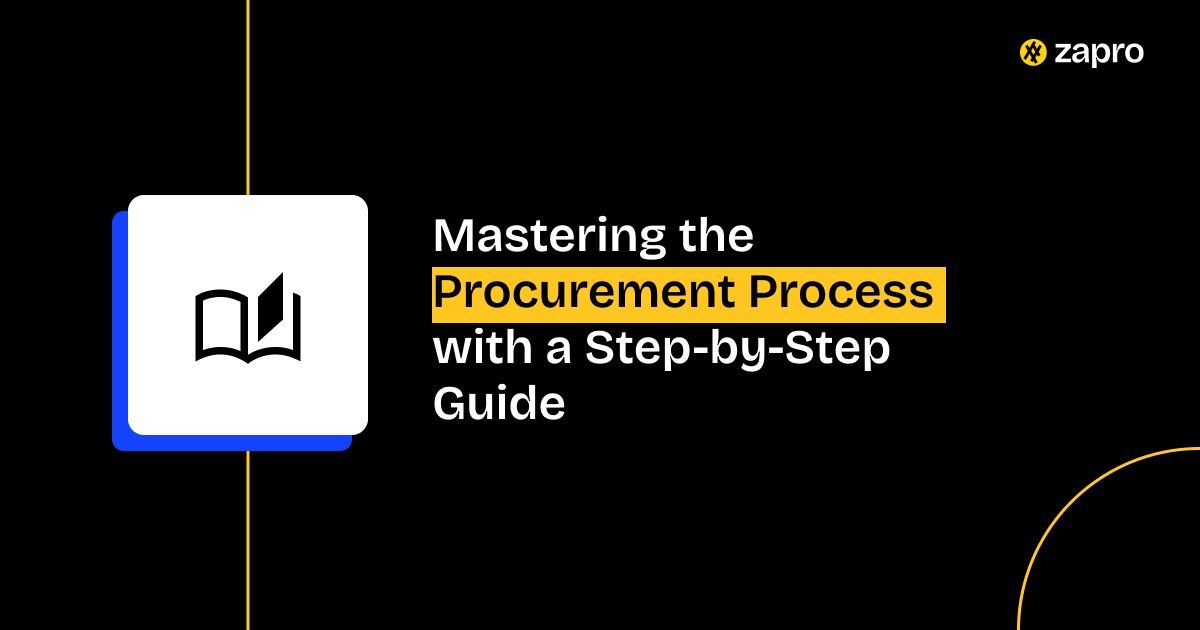
 Healthcare
Healthcare Financial Services
Financial Services Technology
Technology Venture Capitalist
Venture Capitalist Chief Procurement Officer
Chief Procurement Officer Chief Financial Officer
Chief Financial Officer